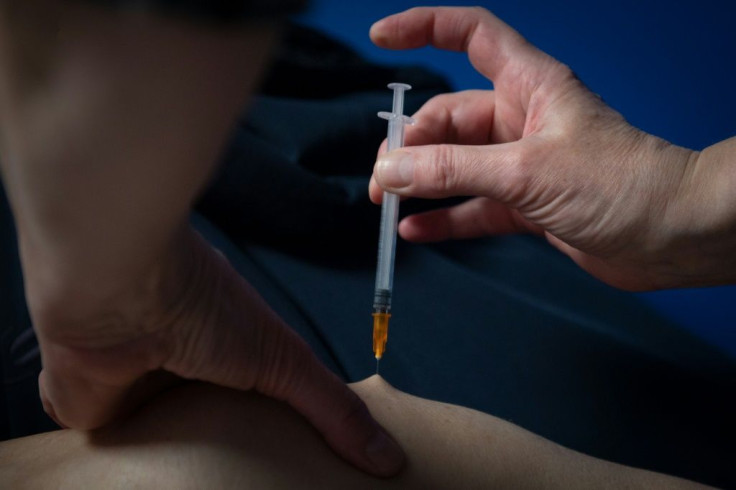Vaccine-Trial Results Vs Real-World Outcomes

Last week Pfizer/BioNTech announced that its coronavirus vaccine will protect people for up to six months after the second dose. But it did lower its effectiveness level from 95%, announced in November 2020, to 91%. That adjustment doesn’t surprise Carlos Malvestutto, MD, an infectious disease expert at The Ohio State University Wexner Medical Center. “Real world effectiveness is generally lower than clinical trial efficacy in most cases because clinical trial participants are a selected population of motivated individuals,” he explained.
Dr. Malvestutto took the time to answer a few questions for Medical Daily.
Q. Why would the results of a real-world study be so far off from those in a controlled trial, in which 10s of thousands of people were participating?
A. Real world effectiveness is generally lower than clinical trial efficacy in most cases because clinical trial participants are a selected population of motivated individuals. The results of this observational study in health-care workers are not very far off from the randomized clinical trial vaccine efficacy estimates. You have to take into account the wide confidence intervals of these estimates [68%-97%) for full vaccination and 59-90%) for partial vaccination, so the actual efficacy falls somewhere within those confidence intervals. To me, these real-world efficacy trials confirm the high vaccine efficacy reported in the clinical trials.
Q. Do these results surprise you?
A. Not at all. These results are consistent with the excellent vaccine efficacy in the large phase 3 clinical trials for the Pfizer and Moderna/BioNTech vaccines. It is also very encouraging to see that partial immunization is able to provide a very high level of protection. Other observational studies are also consistently showing high levels of effectiveness in all populations.
Q. The study was conducted from December to March, during which time the variants were out there. Does that fact suggest that the mRNA platform is even better than what the study results are?
A. We know that the clinical trials were conducted before the B1.117 and other variants of concerns were starting to circulate in the U.S. This study will be doing genomic sequencing of the virus to determine the prevalence of these variants but we can assume that at least a significant proportion of the cases in this study were due to the B1.117 and other new variants which reinforces the conclusion that these vaccines are highly effective even in the presence of these new variants.
Q. There don't appear to be any similar studies involving the J&J vaccine. Would you expect that vaccine to have similar effectiveness in a real world setting?
A. We will eventually see similar studies for the J&J vaccine. It received Emergency Use Authorization last month and it has only recently begun to be administered so there would not be enough people vaccinated with this vaccine yet to do a real-world effectiveness study. I am sure that we will have similar data on this vaccine in the future.

Published by Medicaldaily.com



























